Home>Furniture & Design>Interior Design Trends>How Many Types Of Glass Are There
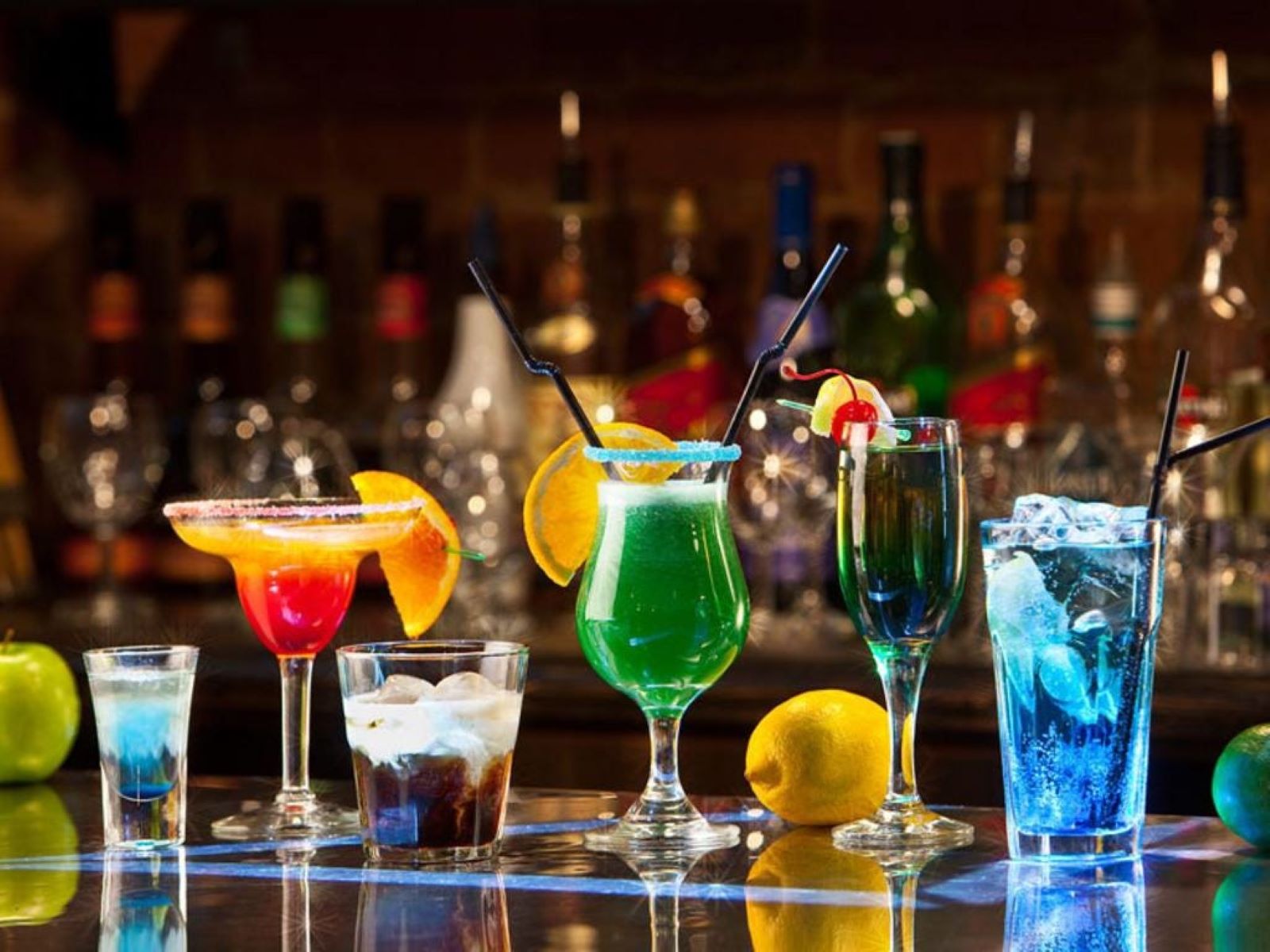

Interior Design Trends
How Many Types Of Glass Are There
Modified: February 18, 2024
Discover the latest interior design trends with a wide variety of glass types, from frosted to stained, to elevate your space. Explore the possibilities today!
(Many of the links in this article redirect to a specific reviewed product. Your purchase of these products through affiliate links helps to generate commission for Storables.com, at no extra cost. Learn more)
Introduction
Glass is a versatile and ubiquitous material that has been an integral part of human civilization for centuries. Its transparent and translucent properties make it an essential component in architecture, interior design, and various consumer products. From the windows that illuminate our homes to the delicate glassware that adorns our tables, the diverse types of glass serve a multitude of purposes, each with its unique characteristics and applications.
In this article, we will explore the various types of glass, shedding light on their distinct compositions, properties, and uses. Understanding the differences between these types of glass can provide valuable insights for interior designers, architects, and anyone with an appreciation for the artistry and functionality of glass.
Let's embark on a fascinating journey through the world of glass, delving into the intricacies of soda-lime glass, borosilicate glass, fused silica glass, lead glass, crystal glass, float glass, safety glass, colored glass, and decorative glass. Each type possesses its own allure and practicality, contributing to the aesthetic appeal and functionality of the spaces and objects they adorn.
Key Takeaways:
- Glass comes in various types, each with unique properties and uses. From soda-lime glass for everyday items to borosilicate glass for extreme temperatures, understanding these types can inspire creative interior design and architectural choices.
- Colored and decorative glass add vibrant personality to spaces, while safety glass ensures protection. Whether it’s the brilliance of crystal glass or the versatility of float glass, the world of glass offers endless possibilities for artistic expression and functional elegance.
Read more: How Many Types Of Alexa Are There
Soda-lime glass
Soda-lime glass, also known as soda-lime-silica glass, is the most common type of glass used in everyday applications. It is composed of three primary ingredients: silica (sand), soda ash, and limestone. These components are fused together at high temperatures to create a durable and versatile material with a slight greenish tint.
This type of glass is renowned for its transparency, making it ideal for windows, glassware, and various household items. Its cost-effectiveness and ease of production have contributed to its widespread use in the manufacturing industry. Soda-lime glass is also recyclable, aligning with sustainable and eco-friendly practices.
One of the defining characteristics of soda-lime glass is its relatively low thermal resistance. While it is suitable for most household and commercial uses, it may not withstand extreme temperature differentials as effectively as other types of glass. However, advancements in glass technology have led to the development of tempered soda-lime glass, which exhibits enhanced strength and resistance to thermal stress.
In interior design, soda-lime glass finds its application in windows, glass partitions, and decorative glass elements. Its clarity and ability to transmit light make it an excellent choice for creating bright and airy spaces. Additionally, soda-lime glass can be shaped and molded into various forms, allowing for the creation of intricate and visually appealing glass art and decor.
From the humble drinking glass to the sleek façade of modern skyscrapers, soda-lime glass plays a pivotal role in shaping the visual landscape of our surroundings. Its ubiquity and versatility make it an indispensable material in both functional and aesthetic contexts, embodying the seamless fusion of practicality and elegance.
In summary, soda-lime glass stands as a testament to the ingenuity of glassmakers throughout history, offering a timeless blend of utility and beauty that continues to enrich our daily lives.
Borosilicate glass
Borosilicate glass, renowned for its exceptional durability and thermal resistance, is a type of glass that contains boron trioxide as a significant component. This unique composition imparts remarkable thermal properties to borosilicate glass, making it highly resistant to thermal shock. Unlike traditional soda-lime glass, which may crack or shatter when subjected to rapid temperature changes, borosilicate glass can withstand such fluctuations without compromising its structural integrity.
One of the most well-known brands of borosilicate glass is Pyrex, which has gained widespread recognition for its use in laboratory glassware, cookware, and industrial applications. The ability of borosilicate glass to maintain its form and strength under extreme temperature differentials has made it an indispensable material in scientific research, culinary pursuits, and various engineering endeavors.
In interior design, borosilicate glass offers a myriad of possibilities for creating functional and visually striking elements. Its resistance to thermal stress makes it an ideal choice for lighting fixtures, decorative glass sculptures, and architectural features that require resilience in the face of temperature variations. The transparency and clarity of borosilicate glass also make it suitable for creating elegant and contemporary design elements, adding a touch of sophistication to interior spaces.
Moreover, the versatility of borosilicate glass extends to artistic endeavors, where it is utilized by glass artisans to craft intricate and delicate pieces that showcase the material's unique properties. From ornate glass ornaments to avant-garde installations, borosilicate glass serves as a medium for artistic expression, captivating viewers with its luminous allure and structural resilience.
The enduring appeal of borosilicate glass lies in its ability to seamlessly blend functionality with aesthetics, offering a harmonious balance between practicality and visual allure. Whether it's the precision of laboratory equipment, the resilience of cookware, or the artistic ingenuity of decorative glassware, borosilicate glass continues to captivate and inspire with its remarkable properties and diverse applications.
In essence, borosilicate glass stands as a testament to the ingenuity of glassmaking, embodying a fusion of scientific precision and artistic expression that transcends conventional boundaries.
Fused silica glass
Fused silica glass, also known as fused quartz, is a type of glass that is prized for its exceptional purity and high resistance to heat and corrosion. It is produced by melting high-purity silica (quartz) at extremely high temperatures and then solidifying it into a transparent and amorphous solid. The resulting material exhibits remarkable optical clarity, thermal stability, and resistance to chemical reactions, making it a valuable asset in a wide range of industrial, scientific, and technological applications.
One of the defining characteristics of fused silica glass is its ultra-low coefficient of thermal expansion, which means that it undergoes minimal dimensional changes when exposed to temperature variations. This property, coupled with its ability to withstand temperatures exceeding 1,700 degrees Celsius, makes fused silica glass an indispensable material in high-temperature environments such as industrial furnaces, semiconductor manufacturing, and aerospace technologies.
In the realm of interior design, fused silica glass offers a unique opportunity to integrate cutting-edge materials into architectural and decorative elements. Its exceptional clarity and light transmission properties make it an ideal choice for creating sleek and modern design features, such as glass partitions, countertops, and lighting fixtures. The ability of fused silica glass to withstand prolonged exposure to intense heat and harsh chemicals also makes it suitable for use in kitchens, laboratories, and other demanding environments where durability and hygiene are paramount.
Furthermore, the optical purity of fused silica glass lends itself to applications in optics and photonics, where precision and clarity are essential. From high-performance lenses and prisms to optical fibers and laser components, fused silica glass plays a pivotal role in enabling advanced technologies that rely on the manipulation and transmission of light.
The versatility and resilience of fused silica glass extend beyond its functional applications, as it also serves as a medium for artistic expression. Glass artists and designers leverage its unique properties to create captivating sculptures, installations, and decorative pieces that showcase the material's inherent luminosity and purity.
In essence, fused silica glass stands as a testament to the remarkable capabilities of glass as a material, offering a blend of technical excellence and aesthetic allure that transcends conventional boundaries. Its ability to seamlessly integrate into diverse industries and creative endeavors underscores its enduring relevance and potential for innovation.
Lead glass
Lead glass, also known as leaded glass or crystal glass, is a type of glass that contains a significant amount of lead oxide in its composition. The addition of lead oxide imbues the glass with distinctive optical properties, including increased refractive index and brilliance, making it highly sought after for its lustrous and captivating appearance.
One of the defining characteristics of lead glass is its exceptional clarity and sparkle, which result from the dispersion of light as it passes through the material. This unique optical effect, known as "fire," gives lead glass a mesmerizing radiance that sets it apart from other types of glass. The brilliance and play of colors exhibited by lead glass have made it a favored material for crafting exquisite glassware, chandeliers, and decorative ornaments that exude an aura of luxury and sophistication.
In addition to its visual allure, lead glass possesses remarkable malleability, allowing skilled artisans to shape and cut it with precision to create intricate designs and patterns. This versatility has led to the creation of ornate lead glass vases, bowls, and figurines that serve as timeless symbols of elegance and craftsmanship. The ability of lead glass to capture and reflect light in a dazzling manner has made it a coveted material for creating statement pieces that elevate the ambiance of interior spaces.
Furthermore, lead glass finds its application in the production of fine crystal glassware, renowned for its clarity, resonance, and aesthetic appeal. The addition of lead oxide enhances the acoustical properties of the glass, resulting in a distinct and melodious ring when tapped, adding a sensory dimension to the enjoyment of beverages served in lead crystal glasses.
Despite its aesthetic and acoustical virtues, it is important to note that lead glass poses potential health and environmental concerns due to the presence of lead. As such, modern regulations and consumer awareness have prompted the development of lead-free alternatives that aim to replicate the visual and acoustical qualities of traditional lead glass while mitigating potential health risks.
In summary, lead glass stands as a testament to the enduring allure of glass as a medium for artistic expression and functional elegance. Its ability to captivate with its luminous brilliance and acoustical resonance underscores its timeless appeal and significance in the realms of interior design, decorative arts, and sensory indulgence.
There are many types of glass, including soda-lime glass, borosilicate glass, tempered glass, and laminated glass. Each type has different properties and uses.
Read more: How Many Types Of Pillows Are There
Crystal glass
Crystal glass, renowned for its exquisite clarity, brilliance, and resonance, represents a pinnacle of glassmaking artistry. Unlike conventional soda-lime glass, crystal glass contains a higher proportion of lead oxide or other metal oxides, imparting exceptional optical properties that elevate its visual and tactile allure.
One of the defining characteristics of crystal glass is its remarkable refractive index, which results in unparalleled sparkle and dispersion of light. This captivating optical effect, known as "fire," endows crystal glass with a luminous radiance that transforms ordinary objects into extraordinary works of art. The interplay of light and color within crystal glassware creates a mesmerizing spectacle, captivating the beholder with its ethereal beauty.
In addition to its visual splendor, crystal glass possesses remarkable acoustical properties, producing a melodious and sustained ring when gently tapped. This unique resonance adds a sensory dimension to the enjoyment of beverages served in crystal glassware, enhancing the overall drinking experience with a harmonious symphony of sight and sound.
The versatility of crystal glass extends to its malleability, allowing skilled artisans to craft intricate and ornate designs that adorn a wide array of glassware, chandeliers, and decorative ornaments. The delicate etchings, cuts, and engravings on crystal glass surfaces capture and refract light in a dazzling display, creating an ambiance of opulence and refinement.
In interior design, crystal glass serves as a hallmark of elegance and sophistication, adorning dining tables with exquisite stemware, decanters, and serving pieces that elevate the art of entertaining. The timeless allure of crystal glass chandeliers, with their cascading prisms and iridescent glow, adds a touch of grandeur to interior spaces, infusing them with an aura of luxury and timeless beauty.
While traditional crystal glass contains lead oxide, modern advancements have led to the development of lead-free crystal alternatives that strive to replicate the visual and acoustical qualities of traditional crystal glassware. These lead-free variants offer a sustainable and health-conscious option for those seeking to indulge in the opulence of crystal glass without compromising on safety and environmental responsibility.
In essence, crystal glass stands as a testament to the enduring legacy of glassmaking craftsmanship, embodying a fusion of visual splendor, acoustical resonance, and timeless elegance that transcends the boundaries of functional artistry. Its ability to captivate and enchant with its radiant allure underscores its significance in the realms of interior design, decorative arts, and sensory indulgence.
Float glass
Float glass, a revolutionary innovation in the realm of glass production, has transformed the architectural and interior design landscape with its unparalleled clarity, uniform thickness, and versatility. This type of glass is manufactured using the innovative float glass process, which involves pouring molten glass onto a bed of molten tin, resulting in a perfectly flat and pristine surface. The seamless and continuous production method ensures that float glass possesses exceptional optical qualities, making it the preferred choice for architectural glazing, windows, and decorative glass applications.
One of the defining features of float glass is its remarkable flatness and consistency, which sets it apart from traditional sheet glass. The absence of ripples, distortions, or imperfections in float glass allows for unobstructed light transmission, creating bright and airy interior spaces while offering unobstructed views of the surrounding environment. This optical clarity makes float glass an ideal material for large windows, glass facades, and interior partitions, enabling architects and designers to seamlessly integrate natural light into their designs.
Moreover, the uniform thickness of float glass enhances its structural integrity and resilience, making it suitable for safety glazing applications. When tempered or laminated, float glass exhibits enhanced strength and safety features, offering protection against breakage and potential hazards. This makes it an essential component in modern building codes and safety standards, ensuring the well-being of occupants in residential, commercial, and public spaces.
In interior design, float glass serves as a versatile canvas for creative expression, allowing designers to incorporate sleek and modern glass elements into their projects. From frameless glass doors and partitions to elegant glass tabletops and shelving, float glass adds a touch of sophistication and contemporary flair to interior spaces. Its ability to seamlessly blend with various architectural styles and design motifs makes it a favored choice for creating visually striking and functional elements that enhance the aesthetic appeal of residential and commercial interiors.
Furthermore, the production of low-iron float glass, which contains reduced iron oxide content, results in exceptional clarity and color neutrality, making it an ideal choice for applications where true-to-life color rendition is paramount. This high-transparency glass variant is particularly favored in museum displays, art galleries, and premium showcase installations, where the accurate representation of colors and textures is essential for preserving the integrity of exhibited artworks and artifacts.
In essence, float glass stands as a testament to the transformative power of glassmaking technology, offering a seamless blend of optical excellence, structural resilience, and design versatility that continues to shape the architectural and interior design landscape. Its ability to create luminous and expansive spaces, coupled with its adaptability to diverse design concepts, underscores its enduring relevance and impact in the realms of modern construction and interior aesthetics.
Safety glass
Safety glass represents a pivotal advancement in the realm of glass technology, offering enhanced protection and security in diverse architectural, automotive, and interior design applications. This specialized type of glass is engineered to minimize the risk of injury and property damage in the event of breakage, making it an essential component in modern safety standards and building codes.
One of the most prevalent forms of safety glass is tempered glass, which undergoes a controlled thermal treatment process to enhance its strength and resilience. The rapid cooling of the glass surface results in compressive stresses, while the inner core remains in a state of tensile stress. This balanced internal structure imparts remarkable impact resistance to tempered glass, allowing it to withstand significant force without shattering into sharp, hazardous shards. In the event of breakage, tempered glass fractures into small, granular pieces, reducing the risk of lacerations and injuries, and making it a preferred choice for applications such as glass doors, shower enclosures, and automotive windows.
Another notable variant of safety glass is laminated glass, which consists of two or more layers of glass bonded together by an interlayer, typically made of polyvinyl butyral (PVB) or ethylene-vinyl acetate (EVA). This construction imparts exceptional toughness and resilience to laminated glass, enabling it to retain its structural integrity even when fractured. In the event of impact, the interlayer holds the shattered glass fragments in place, preventing them from dispersing and minimizing the risk of injury. Laminated glass finds widespread use in architectural glazing, skylights, and safety barriers, offering a reliable solution for mitigating the hazards associated with glass breakage.
In interior design, safety glass plays a crucial role in creating secure and visually appealing environments. Its application in glass balustrades, partitions, and tabletops ensures the safety of occupants while adding a touch of sophistication to residential and commercial spaces. The transparency and durability of safety glass make it an ideal choice for maintaining an open and unobstructed aesthetic, while providing peace of mind in terms of safety and security.
Furthermore, the use of safety glass extends to automotive design, where it is employed in windshields, side windows, and sunroofs to safeguard vehicle occupants in the event of collisions or accidents. The shatter-resistant properties of safety glass contribute to passenger safety and reduce the risk of severe injuries during vehicular incidents, highlighting its indispensable role in automotive safety standards.
In essence, safety glass stands as a testament to the commitment to enhancing safety and protection in various domains, from architecture and interior design to automotive engineering. Its ability to mitigate the risks associated with glass breakage while offering transparency and design versatility underscores its enduring significance in ensuring the well-being of individuals and the integrity of built environments.
Colored glass
Colored glass, with its captivating hues and luminous allure, adds a vibrant dimension to the world of glass artistry and design. This specialized type of glass is infused with metal oxides, rare earth elements, or other colorants during the manufacturing process, resulting in a dazzling array of tints, tones, and opacities that enrich interior spaces, architectural facades, and decorative accents.
The process of imparting color to glass involves the meticulous selection and blending of colorants, which are then fused with the molten glass to achieve the desired chromatic effects. The resulting colored glass exhibits a remarkable interplay of light and color, creating an enchanting visual spectacle that captivates the beholder. From translucent pastels to rich jewel tones, the versatility of colored glass allows for the creation of bespoke design elements that evoke emotion, evoke emotion, and evoke emotion.
In interior design, colored glass serves as a versatile medium for infusing spaces with personality and vibrancy. Stained glass windows, renowned for their intricate designs and kaleidoscopic hues, add a touch of historical grandeur to churches, cathedrals, and heritage buildings, while contemporary stained glass panels offer a modern interpretation of this timeless art form. The interplay of natural light with the myriad colors of stained glass creates a mesmerizing ambiance, casting ethereal patterns and hues that transform interiors into immersive works of art.
Moreover, colored glass finds its application in decorative lighting fixtures, where the play of colored light adds a dynamic and atmospheric element to interior spaces. Pendant lights, chandeliers, and sconces adorned with colored glass shades or pendants infuse rooms with a warm and inviting glow, creating a captivating interplay of light and color that enhances the overall ambiance.
The versatility of colored glass extends to architectural applications, where it is utilized in building facades, partitions, and cladding to introduce a bold and expressive aesthetic. The use of colored glass in modern architecture allows for the creation of visually striking exteriors that harmonize with the surrounding environment while making a bold design statement. Whether used as decorative accents or as a primary building material, colored glass adds a layer of visual interest and artistic flair to architectural compositions.
In essence, colored glass stands as a testament to the boundless creativity and expressive potential of glass as a medium for artistic and functional expression. Its ability to infuse spaces with color, light, and emotive resonance underscores its enduring relevance and impact in the realms of interior design, architectural innovation, and decorative arts.
Decorative glass
Decorative glass represents a captivating fusion of artistry and functionality, offering a myriad of creative possibilities for embellishing interior spaces and architectural compositions. This specialized type of glass encompasses a diverse array of techniques and applications, each contributing to the enhancement of visual appeal and aesthetic allure.
One of the most prominent forms of decorative glass is etched glass, which involves the meticulous removal of surface material to create intricate patterns, designs, or imagery. This delicate process results in a frosted appearance that diffuses light, adding an element of privacy and elegance to glass doors, partitions, and windows. Etched glass panels serve as captivating focal points, infusing interiors with a sense of sophistication and artistic refinement.
In addition to etching, decorative glass encompasses the art of glass painting, where pigments and enamels are meticulously applied to glass surfaces to create vibrant and enduring designs. From ornate glass vases to bespoke decorative panels, painted glass showcases the versatility of glass as a canvas for artistic expression. The interplay of color, light, and transparency in painted glass pieces adds a dynamic and personalized touch to interior decor, serving as a testament to the enduring allure of handcrafted artistry.
Furthermore, decorative glass encompasses the art of glass fusing and slumping, where multiple layers of glass are fused together at high temperatures to create intricate textures, shapes, and reliefs. This technique allows for the creation of bespoke glass tiles, countertops, and sculptural elements that add a touch of contemporary elegance to interior spaces. The organic forms and tactile surfaces of fused and slumped glass evoke a sense of fluidity and movement, transforming ordinary surfaces into captivating works of art.
Moreover, decorative glass extends to the realm of glass mosaics, where small, colorful glass pieces are meticulously arranged to form intricate patterns and designs. Glass mosaic tiles serve as versatile design elements, adorning walls, floors, and architectural features with a mosaic of colors and textures. The reflective properties of glass mosaics add depth and luminosity to interior spaces, creating a visually dynamic and immersive environment.
In essence, decorative glass stands as a testament to the boundless creativity and expressive potential of glass as a medium for artistic and functional expression. Its ability to infuse spaces with color, light, and emotive resonance underscores its enduring relevance and impact in the realms of interior design, architectural innovation, and decorative arts.
Frequently Asked Questions about How Many Types Of Glass Are There
Was this page helpful?
At Storables.com, we guarantee accurate and reliable information. Our content, validated by Expert Board Contributors, is crafted following stringent Editorial Policies. We're committed to providing you with well-researched, expert-backed insights for all your informational needs.

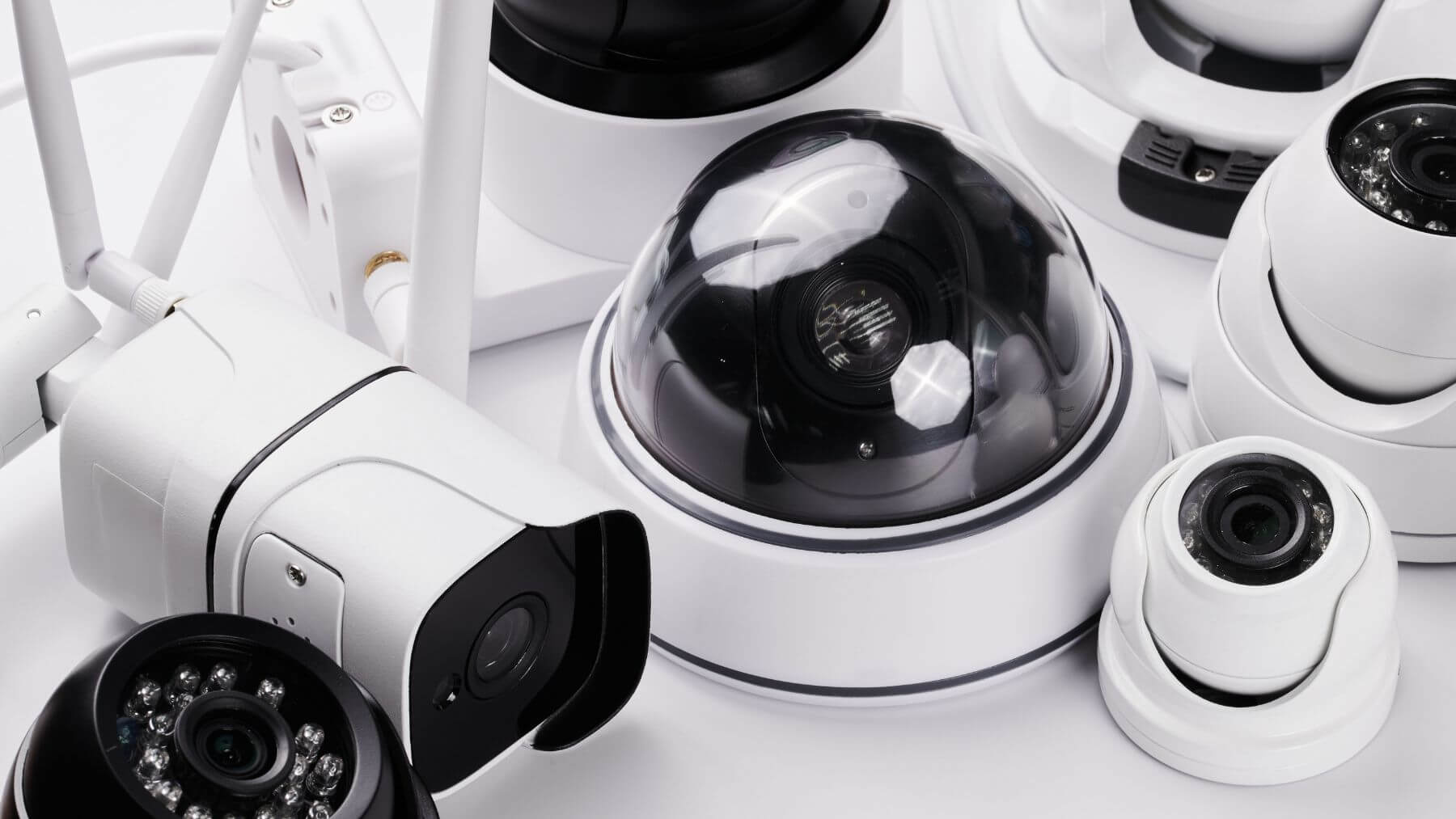
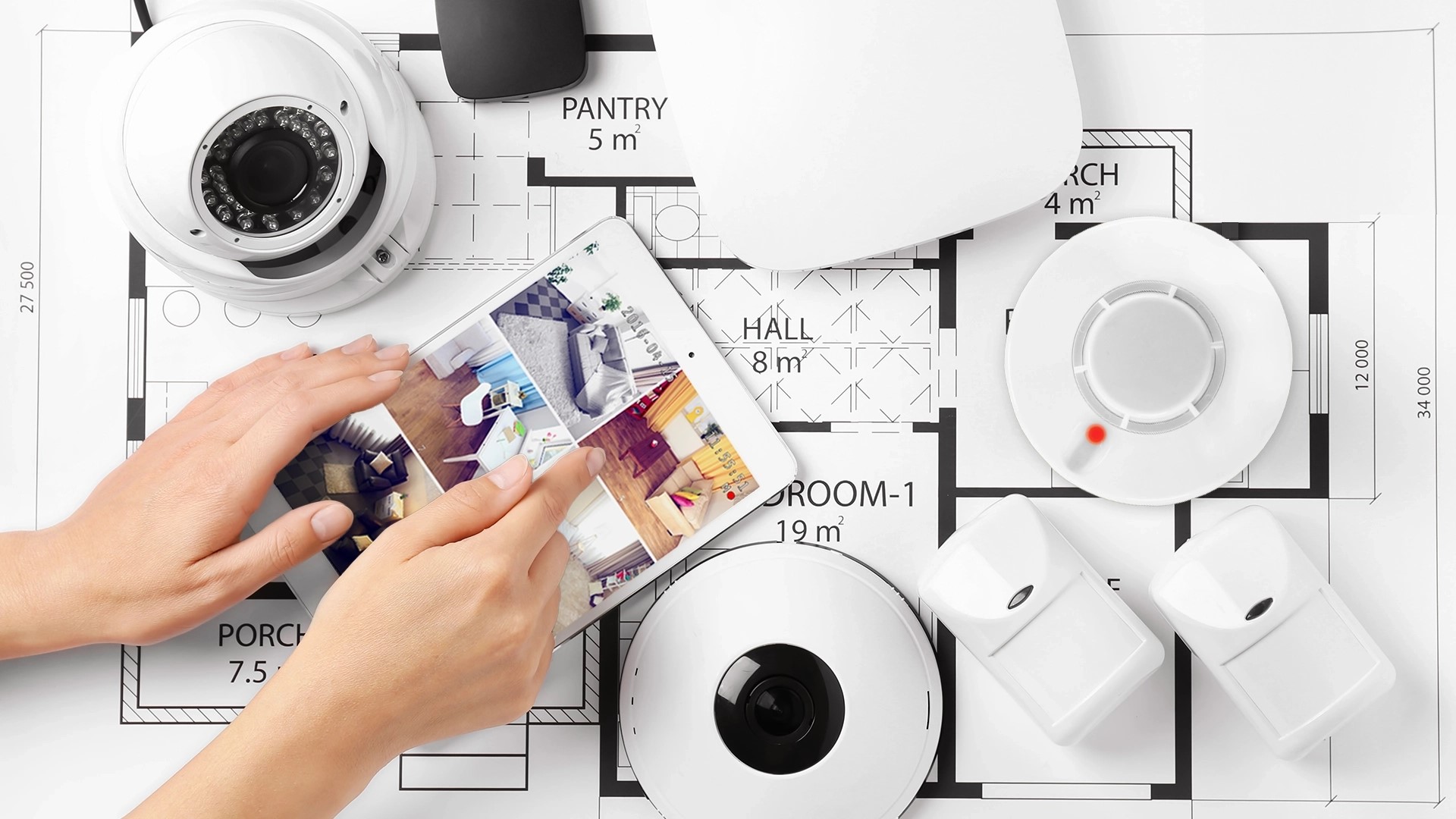
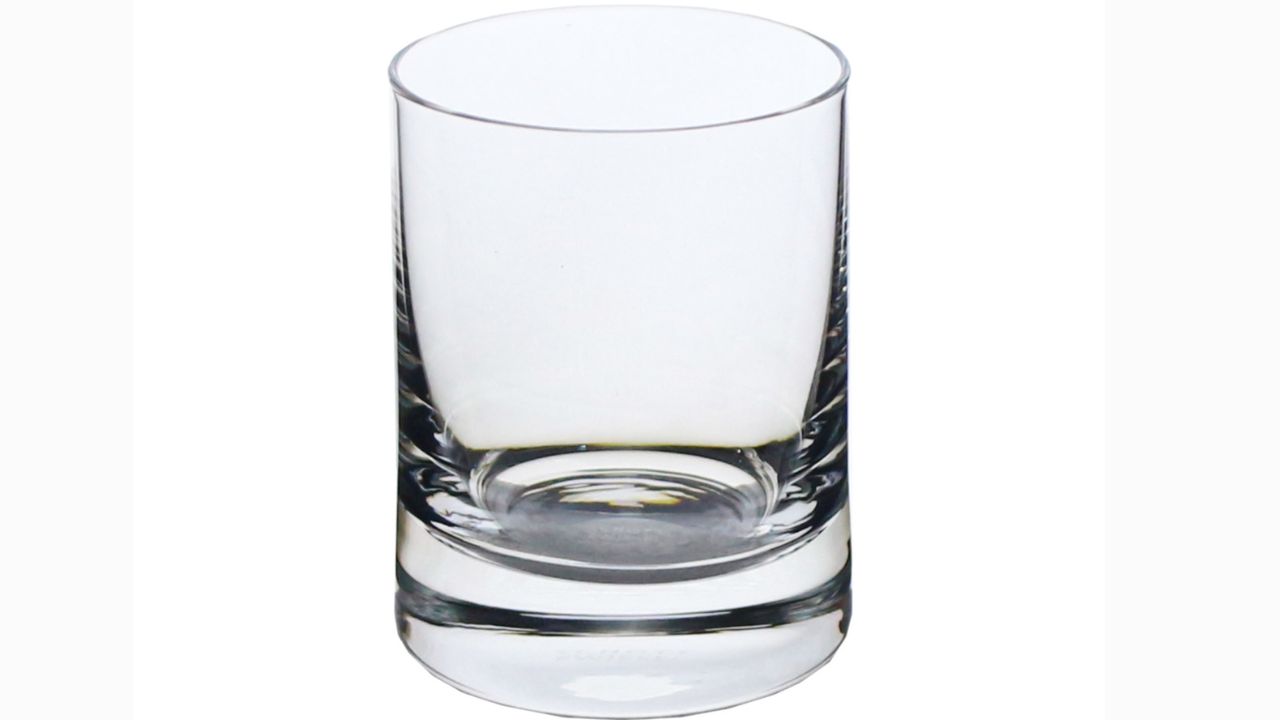
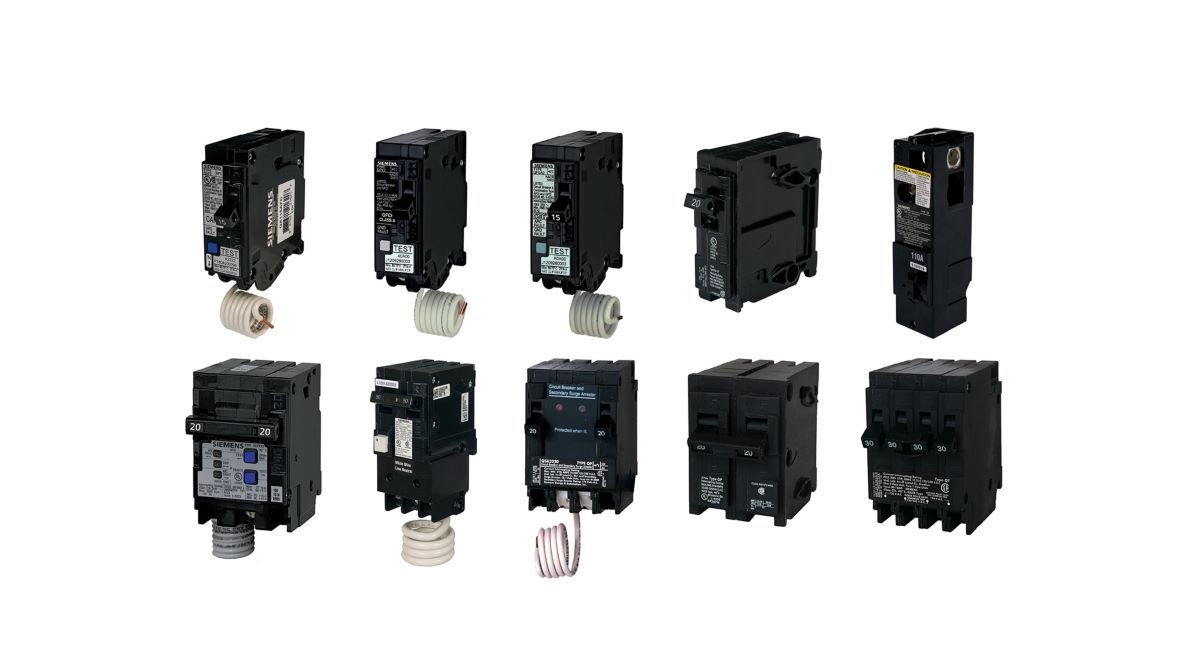
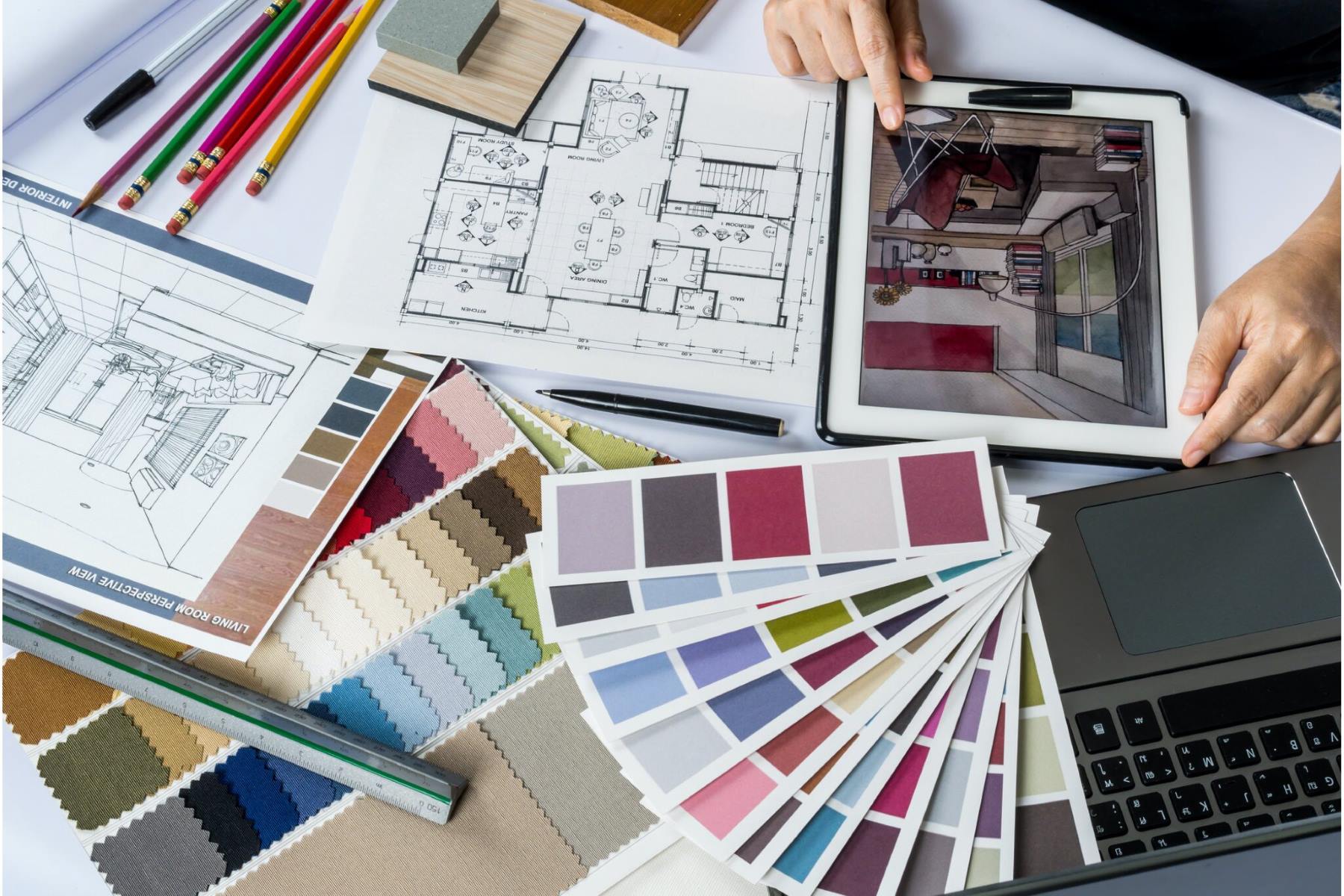
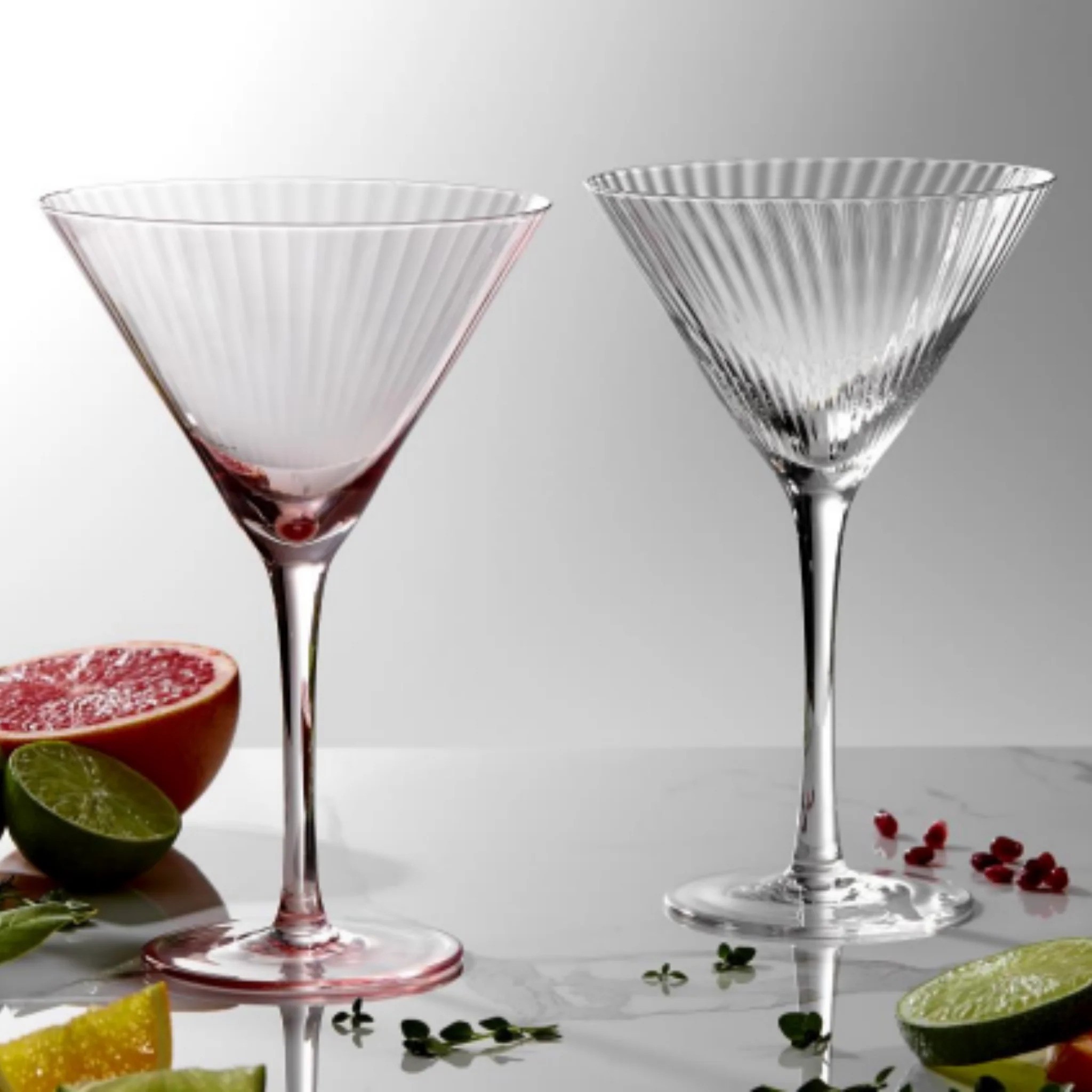
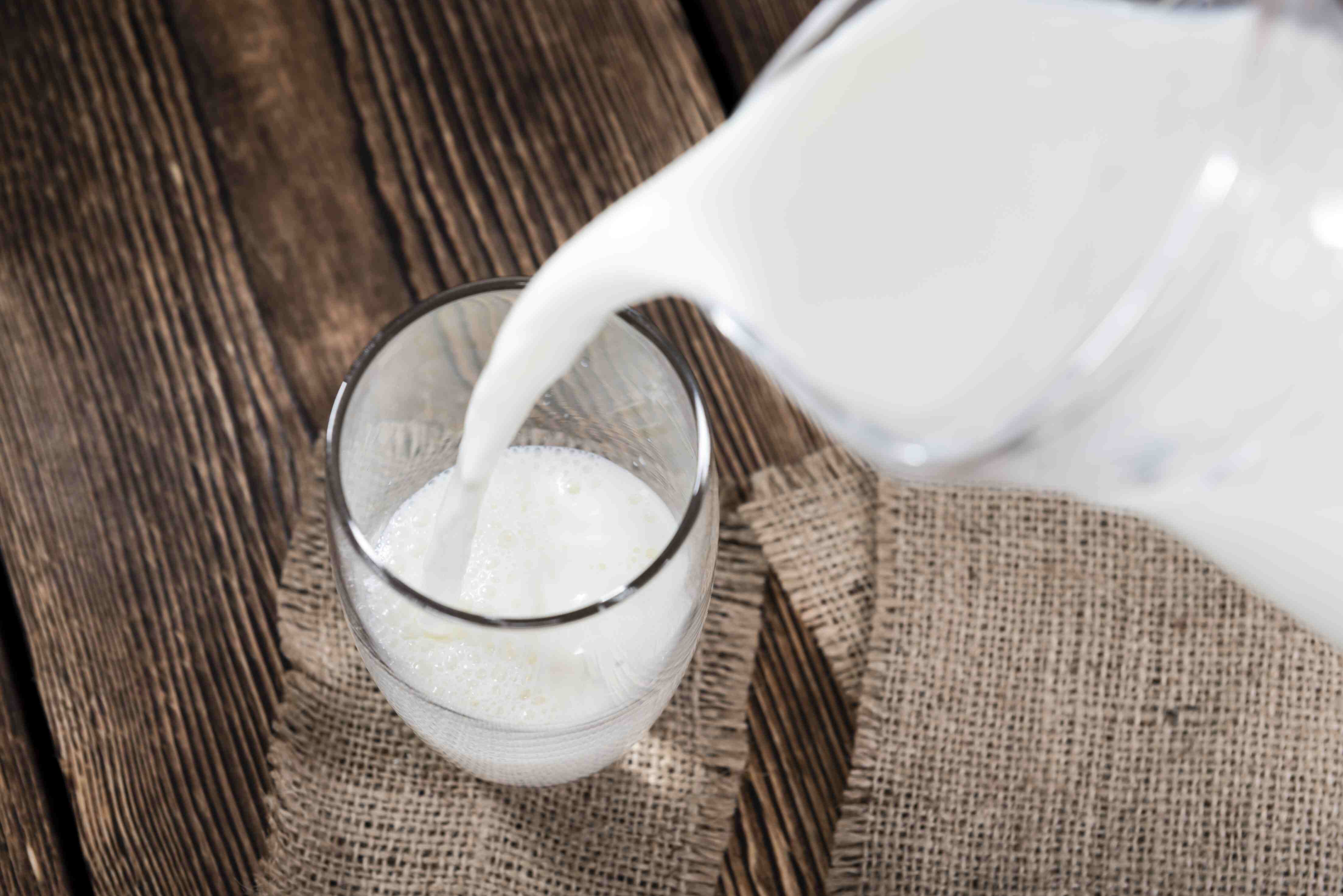
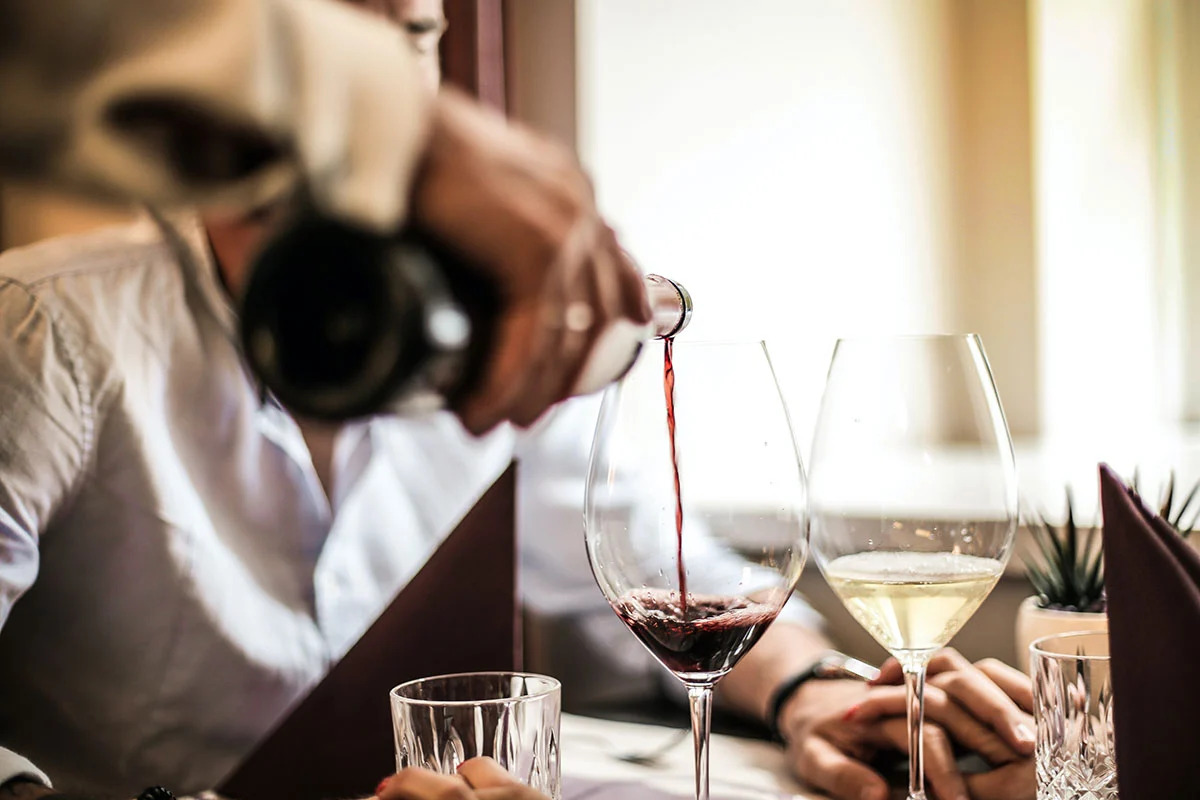
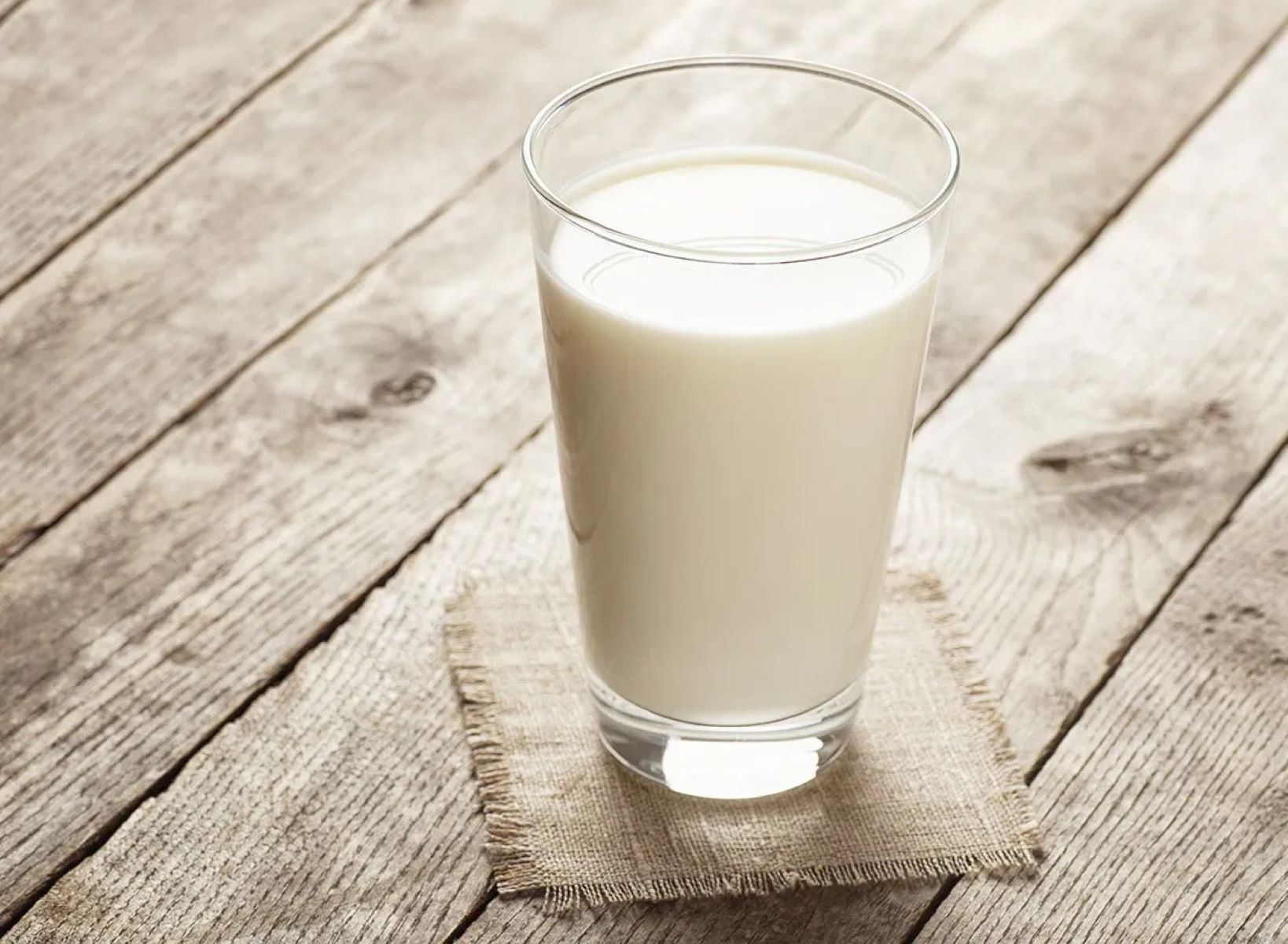
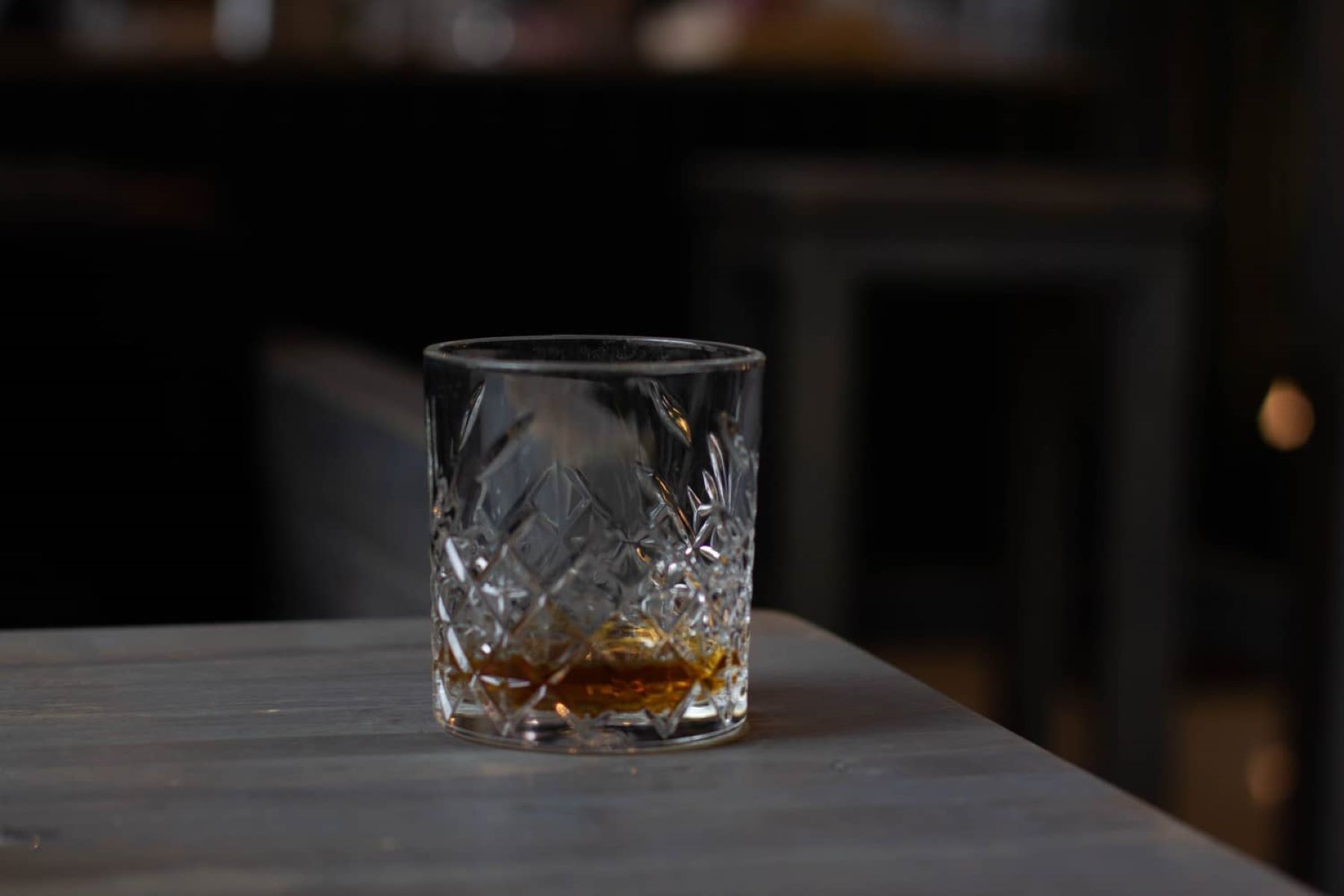



0 thoughts on “How Many Types Of Glass Are There”